Even in the largest parking garages, spaces are limited. But what can we do when the barriers open of their own accord and grant access to everyone? The specialists from Card Service AG, based in Muri in Switzerland, have the solution - and it involves RFID technology from SICK.
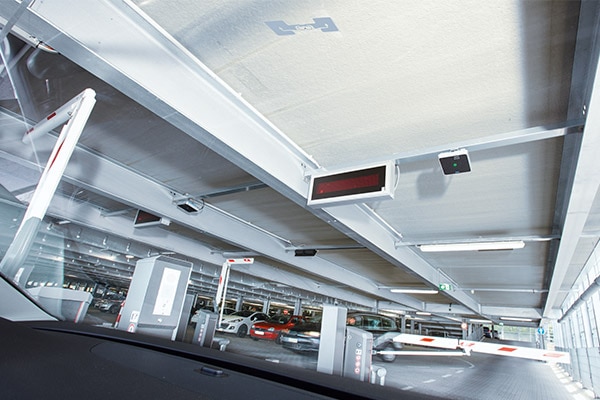 We've all seen it before - the entrance barrier for a parking garage opens as if by magic even though the incoming vehicle is still several meters away. This is usually made possible by ultra-high-frequency identification systems. Authorized vehicles can be detected, even from afar, thanks to their electronic parking card and an antenna at the entrance of the garage. The system then opens the barrier and closes it again after the vehicle has entered. One specialist company offering complete solutions such as these for electronic parking space management is Card Service AG based in Muri.
We've all seen it before - the entrance barrier for a parking garage opens as if by magic even though the incoming vehicle is still several meters away. This is usually made possible by ultra-high-frequency identification systems. Authorized vehicles can be detected, even from afar, thanks to their electronic parking card and an antenna at the entrance of the garage. The system then opens the barrier and closes it again after the vehicle has entered. One specialist company offering complete solutions such as these for electronic parking space management is Card Service AG based in Muri. 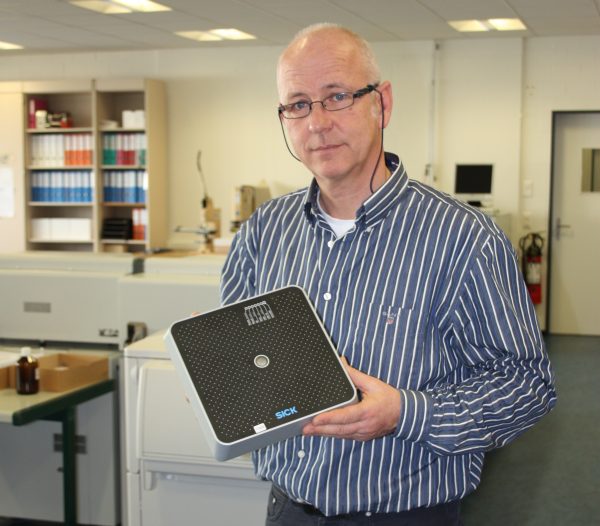 For more than 20 years, the company has been the first port of call for RFID-based products, application solutions, and services in Switzerland. "With our selected range of RFID components, such as electronic encoders, long-range readers, and locks, we support our customers in the development of RFID-based applications used for access and many other functions, Frans Luttikhuis, CEO of Card Service, tells us.
For more than 20 years, the company has been the first port of call for RFID-based products, application solutions, and services in Switzerland. "With our selected range of RFID components, such as electronic encoders, long-range readers, and locks, we support our customers in the development of RFID-based applications used for access and many other functions, Frans Luttikhuis, CEO of Card Service, tells us.
The barrier freedom problem
Luttikhuis has a great deal of experience, making him and his ten colleagues highly competent partners when it comes to projects - and also when problems occur with the gates, for example. After all, the main advantage of ultra-high-frequency identification systems - their large sensing range - can cause problems when several vehicles park in the receiving range of the antenna and are recorded by it. These unwanted readings can cause the barrier to remain open almost permanently, meaning that anyone can access the parking garage, explains Luttikhuis. A rather elegant solution to the barrier freedom problem could be to use hand-held transmitters instead of transponder badges. As hand-held transmitters are rather costly, this solution does become very expensive very quickly, warns Luttikhuis. 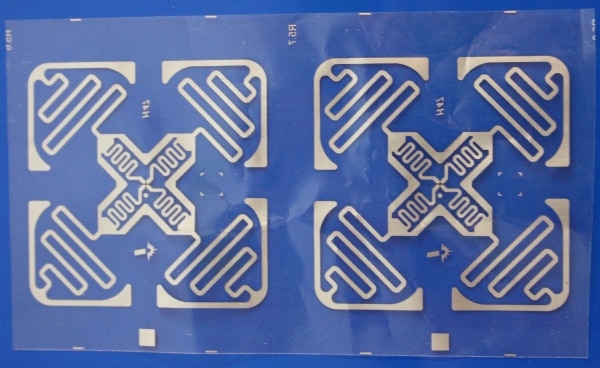 Parking cards with long-range transponders cost a fraction of the price of the expensive hand-held transmitters. What's more, with these, the need to replace batteries is most certainly a thing of the past. When the barrier opens automatically without the need to present a badge or press a button, this makes life easier for the driver and speeds up the access control process considerably.
Parking cards with long-range transponders cost a fraction of the price of the expensive hand-held transmitters. What's more, with these, the need to replace batteries is most certainly a thing of the past. When the barrier opens automatically without the need to present a badge or press a button, this makes life easier for the driver and speeds up the access control process considerably. 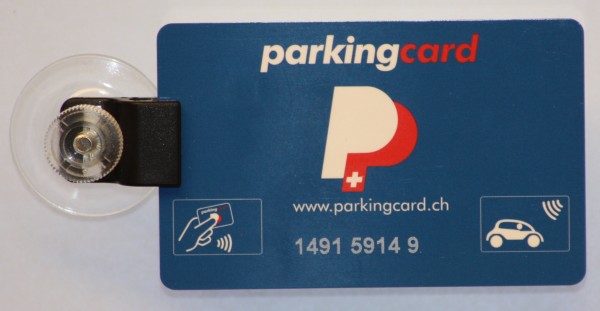
Intelligent interrogator: RFU630 as an electronic porter
In Europe, UHF-based RFID systems work in a frequency band of 865 to 867 MHz and can identify all RFID tags over this radio interface that meet the international specifications according to ISO/IEC-18000-6 or EPCglobal. In principle, there is no reason why read/write devices from different manufacturers cannot be used in system solutions for parking space management, for example, explains Pietro Duca from Card Service. However, these devices are very different in terms of their level of intelligence and their integration and performance capacity, which is one of the reasons behind the clear differences in price. Devices like the RFU630 from SICK, however, also provide application solution options that you won't be able to find elsewhere.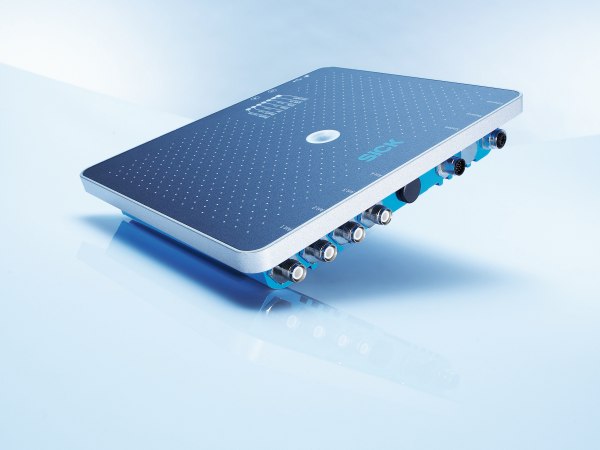 After he had specified the requirements for the UHF long-range reader that was being newly designed for Card Service, we at SICK recommended the RFU630 read/write device and lent him one to test. When he came to collect the test device, we gave a short demonstration of the product to show him some of the features. Setting filters, adjusting the sensing ranges, defining output formats and match code conditions, exporting parameters, and saving a log file to a USB drive - the RFU630 can nearly do more than a computer and can definitely do more than the cheaper devices on the market - Duca's reaction showed that he was clearly pleasantly surprised. After two weeks of testing, he made the decision to opt for the RFU630. What's more, with the SICK read/write device, the electronics as well as the antenna are contained in a robust housing made of die cast aluminum with an IP67 enclosure rating. And when used outside, there is no build-up of condensation on the inside, Duca points out, highlighting a few more important plus points. Thanks to this solution, unauthorized parkers will be left out in the cold in future.
After he had specified the requirements for the UHF long-range reader that was being newly designed for Card Service, we at SICK recommended the RFU630 read/write device and lent him one to test. When he came to collect the test device, we gave a short demonstration of the product to show him some of the features. Setting filters, adjusting the sensing ranges, defining output formats and match code conditions, exporting parameters, and saving a log file to a USB drive - the RFU630 can nearly do more than a computer and can definitely do more than the cheaper devices on the market - Duca's reaction showed that he was clearly pleasantly surprised. After two weeks of testing, he made the decision to opt for the RFU630. What's more, with the SICK read/write device, the electronics as well as the antenna are contained in a robust housing made of die cast aluminum with an IP67 enclosure rating. And when used outside, there is no build-up of condensation on the inside, Duca points out, highlighting a few more important plus points. Thanks to this solution, unauthorized parkers will be left out in the cold in future.
- Product informationen: UHF RFU63x
- Product portfolio: RFID
- Customer information: Card Service AG

